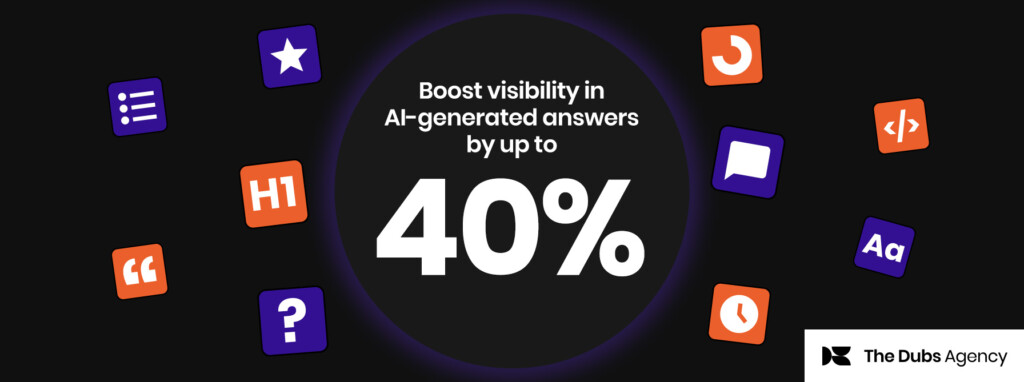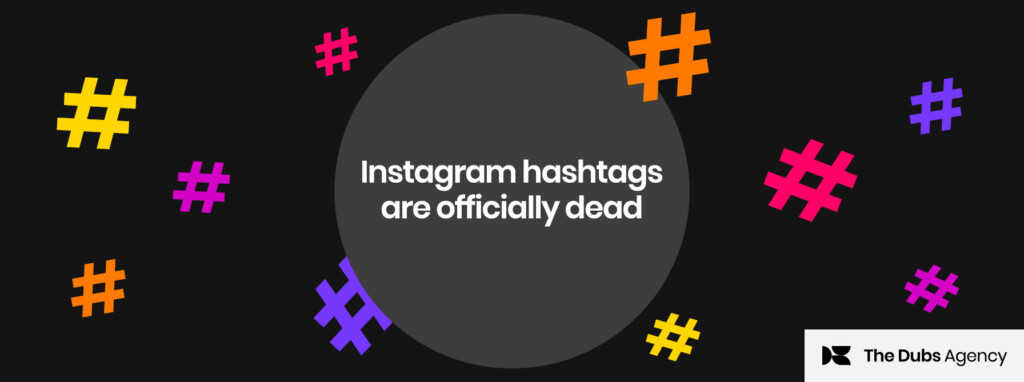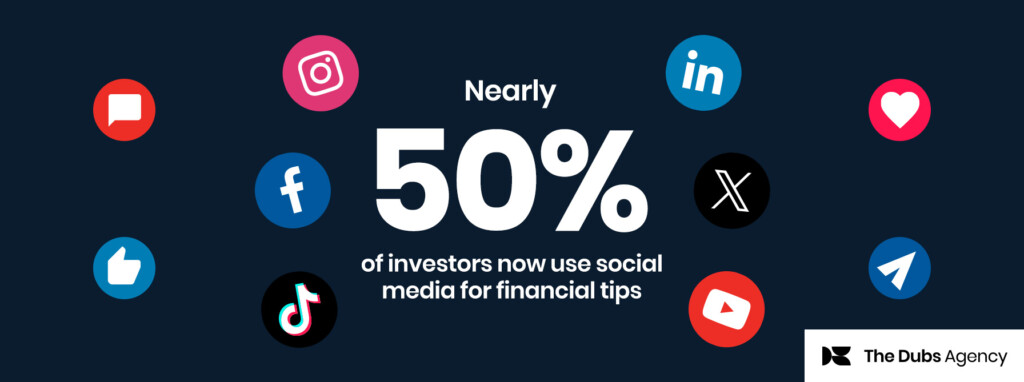Next year is nearly here – again – so what trends are coming down the pipeline? Cross our palms with silver as we gaze into our crystal ball, or at least find out what the pundits, including ours, are saying.
Increased use of content automation
The use of AI to automate content creation and management using tools such as ClearVoice, Content Launch, and Marketing.AI will increase. There are dozens of these platforms available and their features range from influencer search tools and author indexes to analytics, editorial calendars, as well as content launch and promotion tools. Are we putting ourselves out of a job? Paging Charles Darwin?
Branded newsrooms will become more common
With powerhouse brands such as Coke, Marriott and GE creating in-house newsrooms to rival CNN, the next year and beyond will likely see more of the same. On a smaller scale, some larger companies are pulling their content efforts in-house, building internal teams, rather than outsourcing to agencies. Across the board, there will also be an increase in brand journalism, as more brands become publishers, and increasingly rely on journalists to tell their stories.
Influencer marketing isn’t going away
It works, regardless of brand, product or vertical, so it’s only logical paying a YouTube star to wear your lip gloss to their next BASE jumping event is here to stay. However, Conrad Whitney from Instrumental says we’ve come to the point where brands need to install their own influencer A&R departments – like record companies in days of yore – to hunt down new online talent with mass social cred. Whitney says brands are, “tired of seeing the same influencers presented by management companies,” and are “weary of the increasing fees charged by the first generation of online stars.” He adds brands are also “frustrated by the lack of quality analytics, measurement and reporting,” and is convinced there must be better talent out there than your intern can discover with a quick Google search.
Paid distribution will be more important than ever
The Dubs UK General Manager, Barnaby Hobbs, says, “Paid amplification of content (or native advertising) will jump up a gear in 2017. This is a distinct trend we’re already seeing across financial services not only here in the UK but right across EMEA, the Americas and ASIAPAC too. I expect this to grow.
“Why? Content might still be king but as production costs fall, distribution becomes ever more important. If no one is seeing the content, it’s no good – regardless of the quality. Businesses that can deploy their content publishing strategies to firstly reach, then engage and grow their owned audiences will be the more successful. More distribution equals more data to slice and dice, learn from, and inform optimisation of content programmes ongoing,” he adds.
Promoted content will be held to a higher standard
Media sites will crack down on lowbrow recommended content on their sites to protect their brand from the lingering hangover clickbait. In its wake, however, there is still a slew of salacious headlines that many companies/publishers don’t want association with through their recommended content feeds. According to Isabella Barbato, Outbrain’s Head of Marketing APAC, “Native and content marketing is, without doubt, the fastest growing section of the digital marketing landscape, providing a scalable and efficient brand building vehicle, bringing in much needed revenue to digital publishers and doing it without being disruptive or compromising the user experience.”
However, she adds, the relationship between brands as content creators and the publishers who are becoming more selective about content is dependent on one word, “trust.”
“Providing interesting recommendations to the reader should be the first priority, so we need to see more companies in the ecosystem. Content recommendation engines such as Outbrain, as well as publishers and advertisers, need to take a long-term view to protect content marketing’s lasting viability and value for all involved. If we don’t, we will find ourselves in the same wasteland of banner ads, where less and less people even notice them.”
Paid amplification of content (or native advertising) will jump up a gear in 2017. This is a distinct trend we’re already seeing across financial services.
An increase in quantity and decline in quality
Resonance’s Rachel Parker says this is already happening as more brands jump on the content bandwagon. However, she also posits that this represents an opportunity for content marketers to come up with new and inventive ways to combat the glut of ‘to-do’ list content with genuinely inventive alternatives. “Marketers are getting the message quality is more important than quantity. There’s so much overlap now in topics being covered by brands that we’re starting to suffocate in blog smog,” says The Dubs Managing Director, Josh Frith. “Quality content that actually educates and helps the consumer will be needed to get cut through.”
User-generated content will gather no moss
Parker adds that, with consumers having 24/7 access to sophisticated content creation tools in their pocket, which they are increasingly using for video and images, brands needs to harness the power of their input.
Brands and consumers will generate more video
Facebook’s world domination continued in 2016 with an increase in daily views from one to eight billion during the past year – with a decrease in text posts. Facebook Live will no doubt cause this trend towards more video, less text to explode. According to Josh Frith, “Obviously video is front of mind for marketers, but I’m hoping next year online video will move beyond being support material to discrete campaigns and into ongoing serialised episodes that builds real equity in the value of the format over time.”
More serialised content
Particularly through the use of podcasts and webinars, we will see more serialised content as a great way to keep people engaged with your content in between posts/instalments/updates/newsletters. Content as the new soap opera? Why not? It worked before.
Subscribe now for content marketing insights and trends straight to your inbox.









